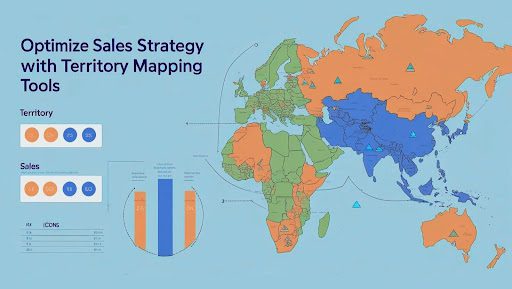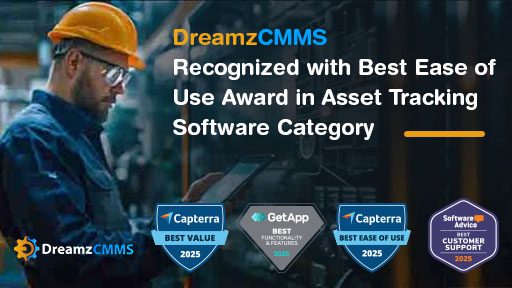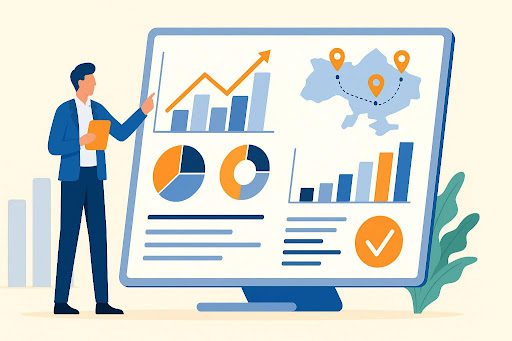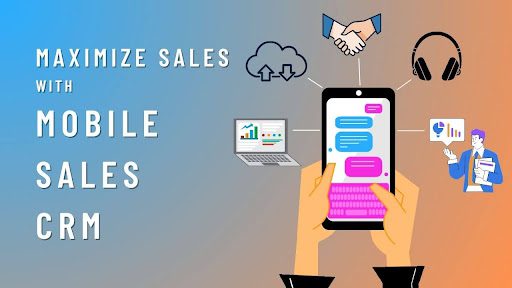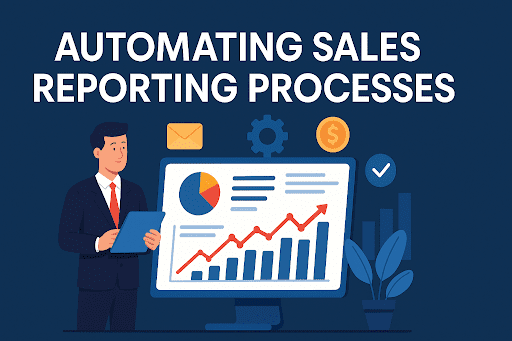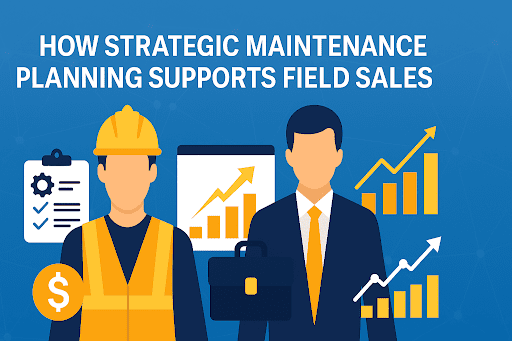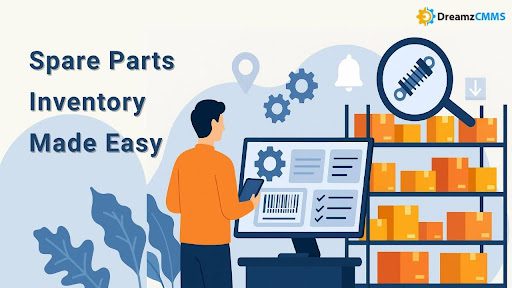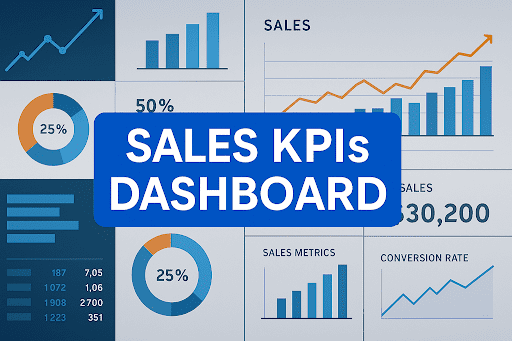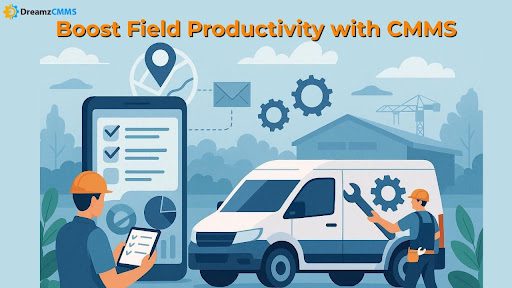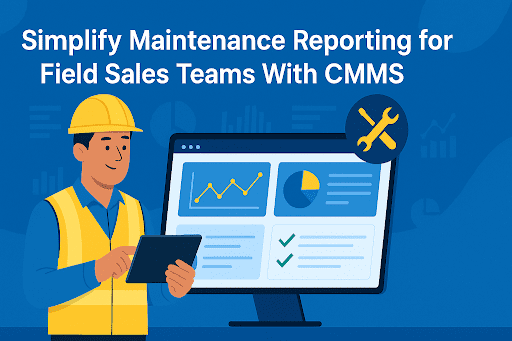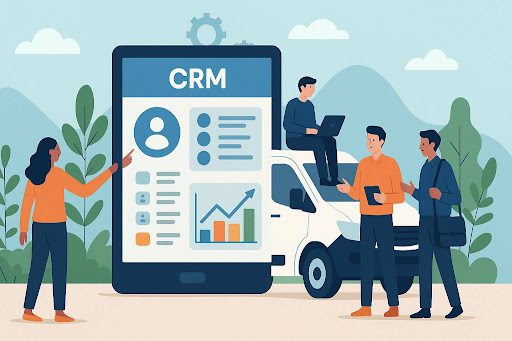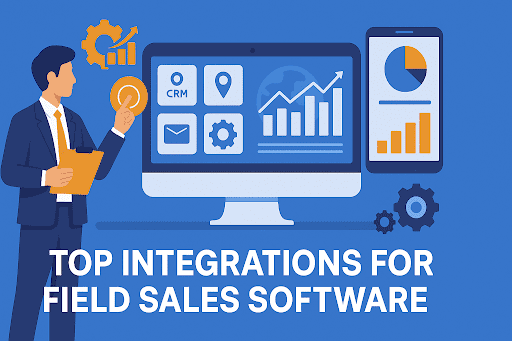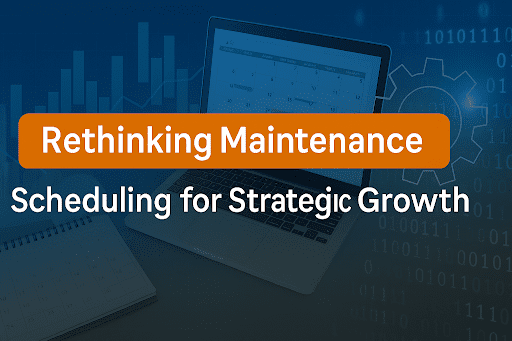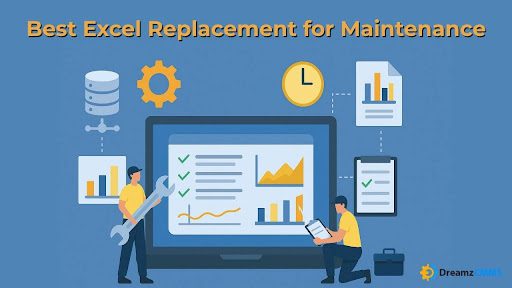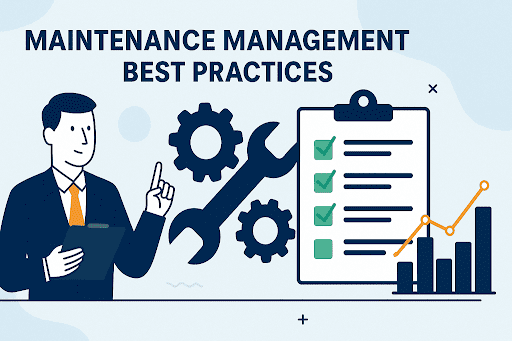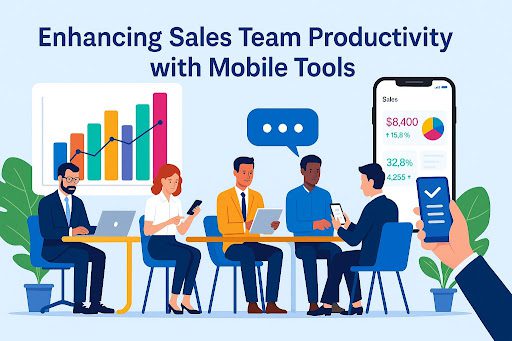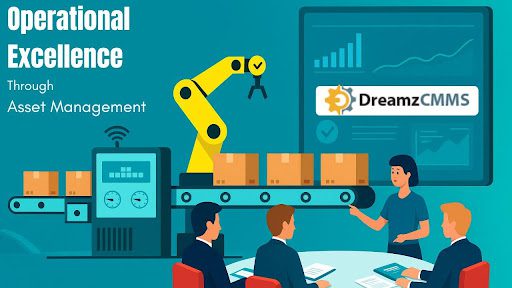 BACK TO Blog
BACK TO Blog
Asset Rental Management
Field Sales
Asset Visibility: A Boardroom Imperative Picture this: leaders gather for a quarterly review, yet no one can say with certainty where critical equipment sits or how often it stands idle. That knowledge gap is what asset visibility closes. By combining real-time asset tracking with a live asset data dashboard, executives
- July 04, 2025
- DreamzCMMS Team
- 7 minutes read
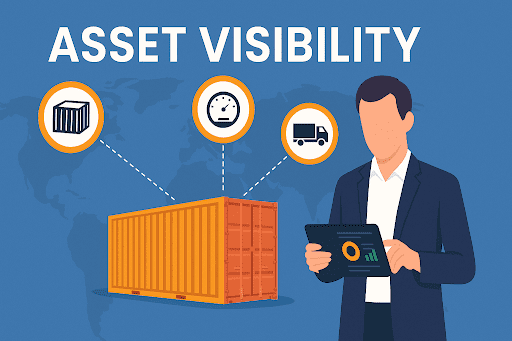
- July 04, 2025
- DreamzCMMS Team
- 7 minutes read
Asset Visibility: A Boardroom Imperative
Picture this: leaders gather for a quarterly review, yet no one can say with certainty where critical equipment sits or how often it stands idle. That knowledge gap is what asset visibility closes. By combining real-time asset tracking with a live asset data dashboard, executives swap rough estimates for precise, minute-by-minute status updates.
Modern firms deploy GPS-enabled asset monitoring and other digital asset management tools to gain asset transparency in operations. Location, utilisation, and health metrics appear on one screen, delivering end-to-end asset lifecycle visibility without manual spreadsheets. This constant stream of insight guides capital planning, tightens schedules, and prevents costly surprises.
Linking these feeds to Asset Maintenance Management Software keeps finance, operations, and service leaders aligned around the same facts, eliminating debates over whose numbers to trust. In short, clear visibility turns assets from line-item expenses into data-driven instruments for growth.
Components That Enable Full Asset Visibility
Achieving clear and consistent asset visibility depends on having accurate information available at all times. It is not just about tracking locations—it involves monitoring condition, usage, and movement in a way that supports confident decision-making.
1. Location Awareness in Real Time
Using GPS-enabled asset monitoring, organisations can identify where assets are located without delay. This reduces time spent on manual tracking and improves coordination across teams.
2. Condition Updates Through Sensors
IoT-enabled asset tracking allows equipment to send updates about usage or operating status. This helps identify issues early, so repairs can be scheduled before failures happen.
3. Shared Access Through the Cloud
Cloud-based asset tracking makes it possible for teams in different locations to access the same real-time information. This helps eliminate data gaps and keeps departments aligned.
4. Dashboards for Fast Analysis
A live asset data dashboard displays key asset details clearly. It brings together data such as movement, condition, and availability, giving leadership a reliable view of current activity.
5. Digital Tracking of Asset History
With digital asset management tools, every asset has a complete record from initial use to current condition. These records support better planning, auditing, and reporting.
Together, these tools provide the structure needed for asset transparency in operations. They support better planning, reduce guesswork, and give executives the confidence to act on accurate, up-to-date information.
Benefits of Asset Visibility for Executive Teams
Clear asset visibility gives leadership access to real-time data that improves control, reduces delays, and supports smarter planning. When asset tracking is accurate, decisions become more reliable.
1. Smarter Use of Resources
Understanding asset location and usage helps avoid duplicate purchases. Teams can assign idle equipment to areas where it is needed, improving operational flow.
2. Fewer Work Disruptions
Using real-time asset tracking, teams find what they need without delays. This supports faster responses and reduces downtime across departments.
3. Better Planning with Real-Time Data
Through live asset data dashboards and digital asset management tools, leaders track usage trends. This helps with timely maintenance, asset replacement, and future planning.
4. Stronger Cost Management
With data from cloud-based asset tracking, it becomes easier to identify underused items and manage budgets. Accurate information helps reduce waste and supports cost-saving efforts.
5. Reliable Compliance and Maintenance
Consistent tracking improves service quality and supports regulatory goals. Up-to-date records help during audits and keep maintenance on schedule.
Each of these benefits supports clear reporting, improved decisions, and long-term success.
Streamline Operations with Real-Time Asset InsightsStruggling with delayed asset tracking or unclear resource planning? Discover how DreamzCMMS improves asset visibility across departments and locations.Schedule a demo and unlock smarter asset control today. |
Real-World Applications of Asset Visibility
Organisations across industries are improving efficiency, reducing risk, and making informed decisions by using reliable asset visibility tools. These tools track assets in real time and provide accurate information that supports planning and performance.
Manufacturing – Gaining Control Across Facilities
Manufacturing teams handle complex machinery, tools, and systems. With real-time asset tracking and GPS-enabled asset monitoring, plant managers can locate resources instantly. This reduces idle time and supports preventive planning. Adding smart asset management improves equipment readiness and reduces delays.
Read how coordinated scheduling boosts efficiency in our blog on FSM scheduling tools.
Construction – Tracking Equipment Across Job Sites
Construction projects involve moving equipment from one site to another. With cloud-based asset tracking, teams always know where tools are located. This prevents asset loss and helps complete projects on time. Digital asset management tools also store equipment logs for better reporting.
Discover ways to strengthen safety planning in our Construction Project Management Software.
Healthcare – Supporting Service and Compliance
Hospitals use IoT-enabled asset tracking to manage medical devices. A live asset data dashboard shows current status and helps ensure assets are working properly. Asset transparency in operations is essential in this field, as it supports care delivery and compliance with regulations.
Rental Services – Improving Monitoring and Accountability
Rental companies depend on strong tracking to protect their assets. With digital asset management tools, they monitor usage, location, and condition. These records support billing and service planning. Improved asset visibility helps reduce loss and increase customer satisfaction.
Explore how asset tracking supports success in Rental Asset Management Software
How to Establish Asset Visibility at Scale
Achieving full-scale asset visibility requires clear direction, the right digital infrastructure, and cross-team coordination. When implemented thoughtfully, organisations gain access to accurate, consistent data that supports better decisions across all locations.
1. Outline Strategic Priorities
Define which aspects of asset tracking are most important. These may include equipment availability, maintenance status, or usage history. This clarity supports successful deployment of real-time asset tracking and sets targets like faster access or fewer equipment delays.
2. Select Scalable Technology
Use digital platforms that grow with operational needs. Tools should offer cloud-based asset tracking, IoT-enabled asset tracking, and live asset data dashboards to provide up-to-date visibility and connect all teams to the same data source.
3. Standardise Data Handling
Create one consistent method for entering asset records, updating condition statuses, and tracking usage. A unified structure supported by digital asset management tools makes data easier to manage, report, and use across departments.
4. Align Teams Through Clear Processes
Provide training to ensure everyone understands how to maintain accurate records. When departments follow the same steps, data integrity improves, and visibility becomes organisation-wide. This alignment supports stronger planning and resource control.
5. Monitor Progress and Adjust
Use asset insights to refine workflows and identify trends. Look for signs of underused resources, delayed servicing, or tracking gaps. Making changes based on this information ensures asset visibility remains useful as the business evolves.
Conclusion – Building Value Through Asset Visibility
Complete asset visibility is a strategic necessity for modern organisations. It supports informed decisions, improves asset control, and enhances operational outcomes. Tools such as IoT-enabled asset tracking, live dashboards, and digital asset management systems ensure access to accurate data, reducing waste and improving planning.
When businesses gain insight into asset condition, usage, and location, they achieve stronger resource allocation, better compliance, and improved service continuity. Across sectors like healthcare, construction, manufacturing, and rentals, clear visibility helps organisations operate with precision and reliability.
Additional Reads to Deepen Your StrategyExplore these resources to expand your approach to asset visibility, IoT integration, and operational efficiency:
|
Take Control of Your Assets TodayReady to improve how your organisation manages its resources? With DreamzCMMS, gain full asset visibility, streamline operations, and make data-backed decisions that reduce downtime and increase reliability.Explore DreamzCMMS and Book a demo to experience real-time tracking, efficient planning, and complete operational control. |
Ready for More?
Talk to one of our CMMS experts and see how DreamzCMMS can simplify your maintenance operations.
Book a free consultation